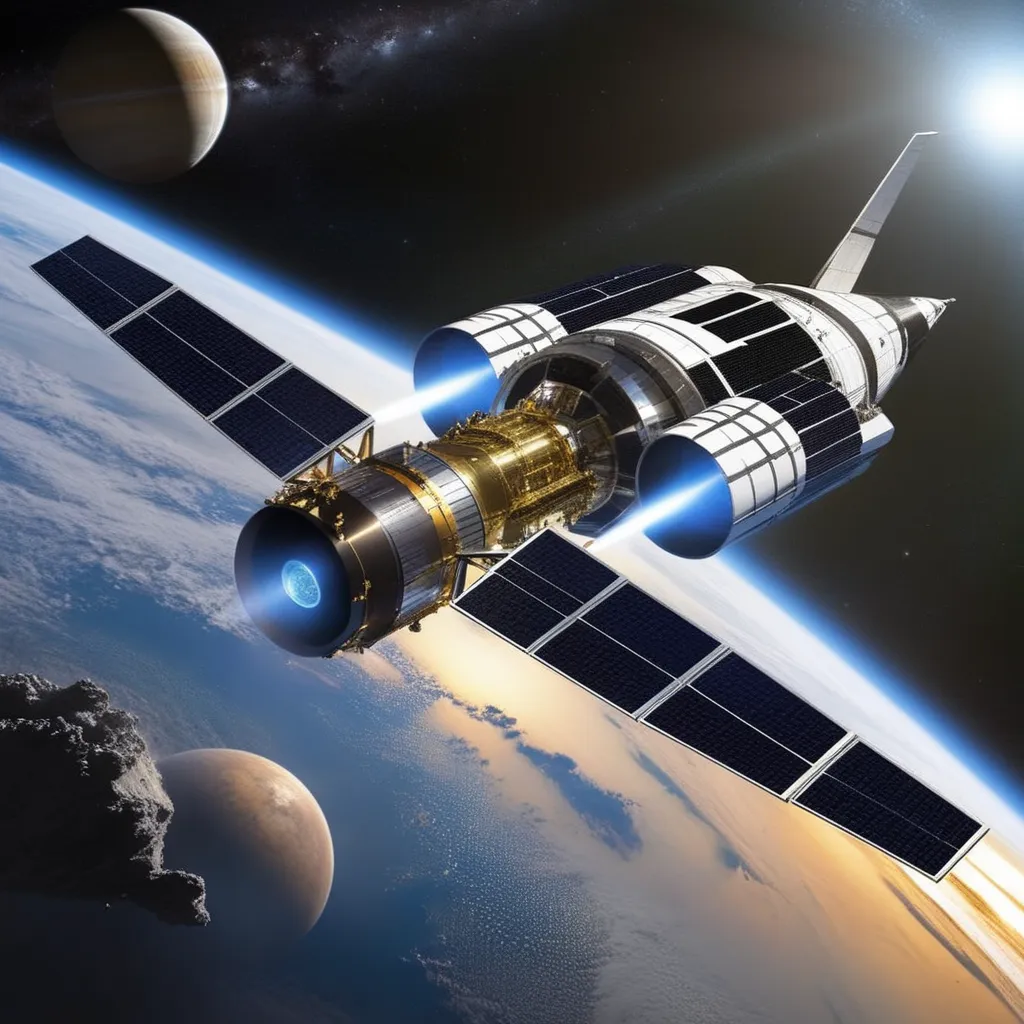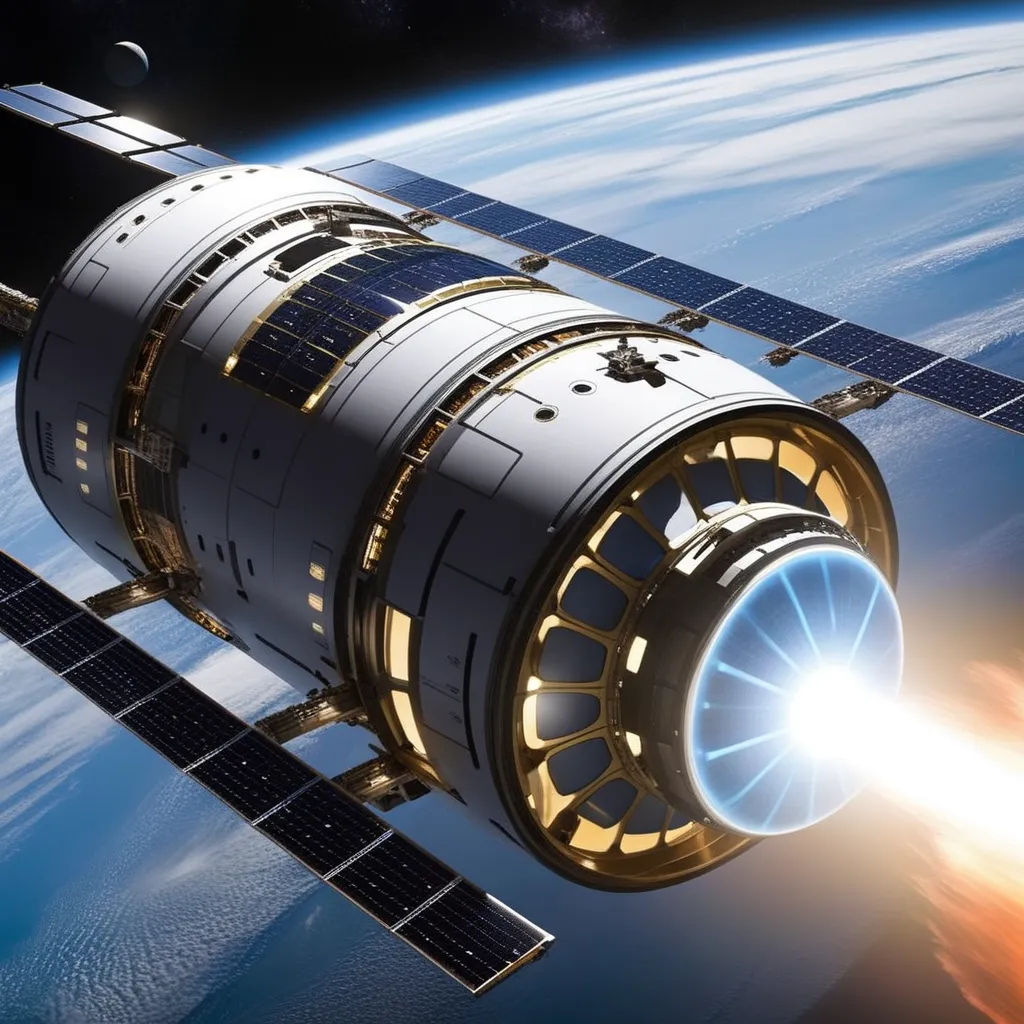Revolution in Space Propulsion: Faster Interstellar Travel
The realm of space exploration has always been an arena of innovation and discovery, but recent breakthroughs in space propulsion are taking us closer to the stars than ever before. In this article, we'll embark on a cosmic journey to explore the revolution in space propulsion, and I'll share personal reflections on the exciting possibilities it presents.

Breaking the Cosmic Speed Limit
The Need for Faster Travel
As a space enthusiast, I've always dreamt of a future where humans could explore distant galaxies and celestial wonders. One of the biggest hurdles in this quest has been the vast distances and the time it takes to traverse them. However, recent advancements in space propulsion technologies are offering solutions to this cosmic challenge.
My Brush with the Stars
I once had the privilege of visiting a space research facility where scientists were developing cutting-edge propulsion systems. The passion and dedication of these researchers were infectious, and it was clear that they were on the brink of something extraordinary.
The Dawn of Electric Propulsion
Ion and Hall Effect Thrusters
Electric propulsion is at the forefront of this revolution. Ion and Hall effect thrusters, powered by electricity rather than chemical combustion, are paving the way for more efficient and faster interstellar travel.
Conversations with Space Engineers
Engaging in conversations with space engineers shed light on the significance of electric propulsion. They explained how these engines generate thrust by accelerating ions or plasma, allowing spacecraft to reach higher speeds while conserving fuel.
The Promise of Nuclear Propulsion
Project Orion and Beyond
Nuclear propulsion is another frontier being explored. Project Orion, a concept from the mid-20th century, proposed using controlled nuclear explosions to propel spacecraft. While it may sound like science fiction, modern iterations are far more sophisticated and safer.
My Encounter with Nuclear Space Travel
I once attended a lecture by a physicist who had worked on nuclear propulsion projects. Their presentation highlighted the potential of this technology, emphasizing its role in making interstellar travel a reality within our lifetime.
Solar Sails and Laser Propulsion
Harnessing Solar Power
Solar sails, a concept as elegant as it is innovative, utilize the pressure of photons from the sun to push spacecraft through space. This technology offers the advantage of near-constant acceleration without the need for traditional fuel.
Lessons from Solar Sail Pioneers
Interacting with pioneers in solar sail technology revealed the challenges and triumphs of harnessing the power of sunlight for space travel. Their stories of perseverance and ingenuity were truly inspiring.
Challenges and the Path Ahead
Overcoming the Cosmic Barriers
While these propulsion technologies hold immense promise, they also come with challenges. From funding constraints to engineering hurdles, the path to faster interstellar travel is not without obstacles.

A Vision for the Future
I once participated in a panel discussion where visionaries from the space industry shared their dreams for the future of space propulsion. They spoke of a time when humanity could reach distant stars and explore the cosmos like never before.
Conclusion
In conclusion, the revolution in space propulsion is propelling us toward a future where interstellar travel becomes a reality. Whether through electric propulsion, nuclear engines, or solar sails, the possibilities are boundless.
As we gaze at the night sky, we can't help but feel a sense of wonder and anticipation for what lies ahead. The stars are no longer out of reach; they are beckoning us to embark on an interstellar adventure, and the propulsion revolution is our ticket to the cosmos.

No comments:
Post a Comment